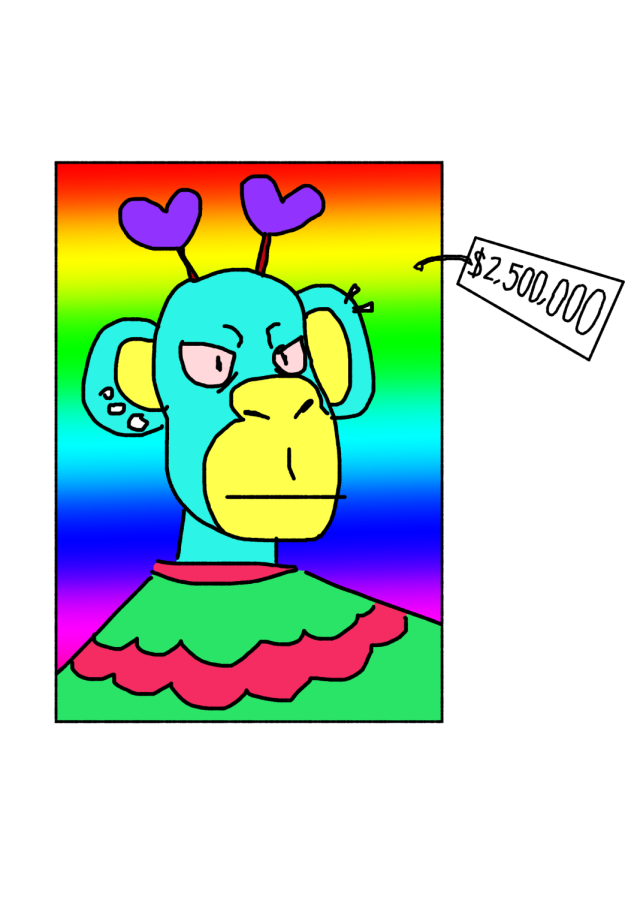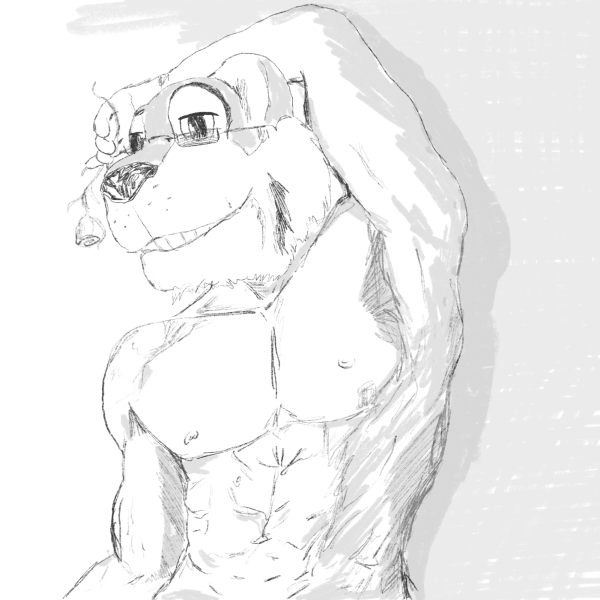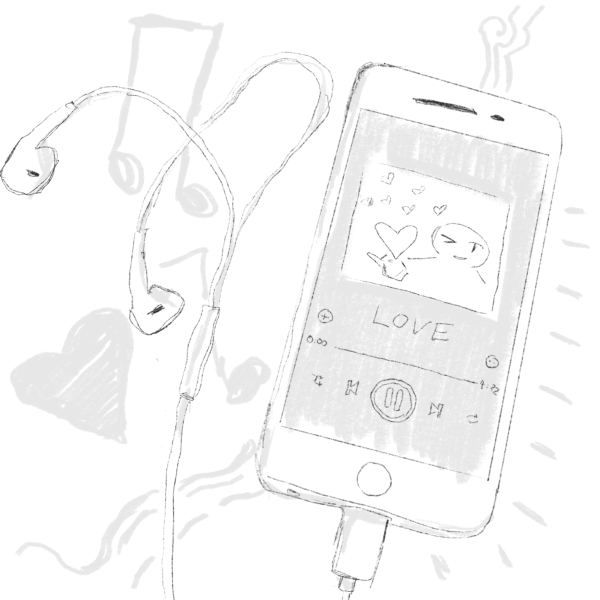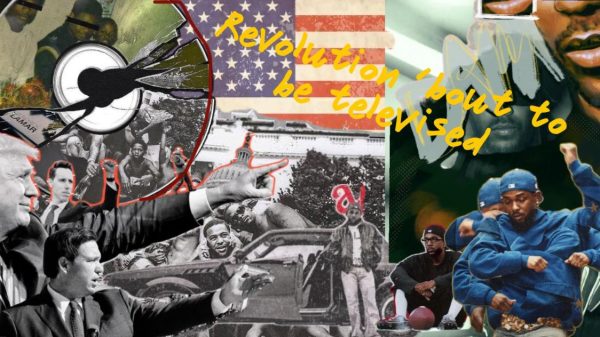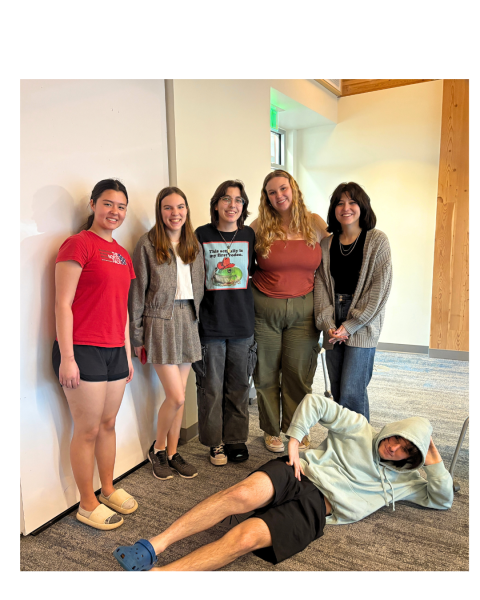Spilling the NFTea
When I pitched an article about the intersection between art and technology via a deep dive into the world of crypto and NFTs, I did not realize how controversial the subject was. After inquiring about NFTs among family, friends and strangers, I received responses ranging from indifference to curiosity to anger. Naturally, this variance in responses piqued my curiosity further. The conclusion that I have come to is that NFTs, while providing more opportunities for artists to sell their work, is rife with copyright issues, environmental destruction and questions about their aesthetic nature.
The acronym NFT stands for non-fungible token (non-fungible meaning unable to be replaced by another identical item). An NFT, as described in a New York Times article, is “an asset verified using blockchain technology, in which a network of computers records transactions and gives buyers proof of authenticity and ownership.” Any digital object can be minted as an NFT, including songs, videos, digital art and even GIFs. In the current age of rapid electronic reproduction, NFTs increase the scarcity and therefore the value and saleability of digital artworks, making them unique by means of blockchain technology.
So what is blockchain? In simple terms, blockchain is a decentralized, immutable shared database that stores information in blocks that are chronologically linked together via cryptography. Additionally, the data entered into the blockchain are irreversible, allowing for a more transparent record of transactions that cannot be altered, deleted or destroyed. One of the major selling points of blockchain technology is that it eliminates the need for institutional middlemen, such as apps downloaded through Google or Apple, with blockchain platforms such as Ethereum taking their place. Similarly, Bitcoin, a decentralized digital currency, uses blockchain technology that allows for the currency to be sent from person to person on the global bitcoin network, eradicating the need for a central bank.
As far as digital art is concerned, platforms such as Ethereum are able to mint NFTs for any given digital artwork and provide them a type of certificate of authenticity, assigning value to the “original” and providing an authenticated detailed history (provenance) of the buying or selling of the digital asset. As NFTs monetize digital content that was once cheap or free, digital artists are provided the opportunity to potentially profit from minting their own NFTs. Some NFT platforms sell the digital assets through an auction system, where the artist sets a base price and buyers put in bids for the NFT; other platforms, however, allow NFTs to be sold at a fixed price set by the artist.
Although NFTs work to assign value to the “original,” downloading or taking screenshots of digital artworks is still possible — so what’s the point in buying? Think of purchasing an NFT on an NFT marketplace as an investment — they have the potential to gain value over time and there is a status associated with owning the first or original of something (why do the ultra-wealthy spend so much money on artworks at auction houses such as Sotheby’s and Christie’s?).
Unlike how artists profit off of traditional one-time sales, certain NFT trading platforms such as OpenSea (which markets itself as an “NFT marketplace with everything for everyone”) make it possible for artists to collect royalties on future transactions of their work. The cost of minting your artwork as an NFT and any associated service fees ultimately depend on the platform that you use to mint your NFT. For example, OpenSea boasts a 2.5% fee charged on sales, far less than an art gallery commission.
Of course, progress does not arrive without inherent drawbacks and uncertainties. Concerning copyright issues, the buyer of an NFT does not necessarily acquire copyright, because (as stated in the United States Copyright Act of 1982), the copyright “vests initially in the author or authors of the work” until 70 years after the death of the artist. However, copyright laws inevitably get blurred in the age of digital reproduction of electronic art and NFTs. Especially when it comes to computer-generated works like those found on ArtBlocks.
According to a January New Yorker article written by Rachel Monroe, “Unlike on other NFT platforms, artists can’t list a JPEG file or a video on Art Blocks. Instead, they write code determining a certain set of parameters and variables. Buyers purchase the opportunity to run the algorithm, thereby minting a piece of digital art.” Invariably, things get complicated when identifying the author of a unique, computer-generated NFT— on top of whether we even consider them to be art or not.
NFTs also carry with them a frightening environmental impact. According to data included in an article written by Renee Cho of the Columbia Climate School, the average NFT generates 440 pounds of carbon — the equivalent of driving 500 miles in gas-powered car-producing emissions 10 times higher than the average Ethereum transaction. The huge carbon footprint comes from the energy needed to support the hardware doing the heavy lifting of computing and storing data. Additionally, mining, the process of validating and recording new transactions in the blockchain, accounts for a huge e-waste problem due to the competitive nature of miners wanting the most efficient hardware and increased computing power in order to compete with other miners. E-waste refers to physical waste such as old computers and hardware tossed in the trash. According to Cho’s article, specialized hardware becomes obsolete every 1.5 years and can’t be reprogrammed; it is estimated that the Bitcoin network generates 11.5 kilotons of e-waste each year.
Although there is no central oversight body on the environmental impact of crypto mining, there are groups seeking to reduce the carbon footprint of cryptocurrency. For example, Tesla CEO Elon Musk engaged with CEOs of crypto mining companies about their energy use, which culminated in the creation of a new Bitcoin Mining Council to promote transparency.
With their lack of physicality and resignation to the commercial tendencies of the art world, we are left trying to resolve the relationship between NFTs and our conceptions of art. As technology pushes forward, we must push back and hold ourselves accountable for all of the potential consequences.

My name is Ashley Allen and I am a senior completing a BA in art history at Trinity University, with a minor in Medieval and renaissance Studies. I hope...

I am a senior Art and English double major from San José, California. I also have an accidental Medieval and Renaissance minor that I picked up through...

